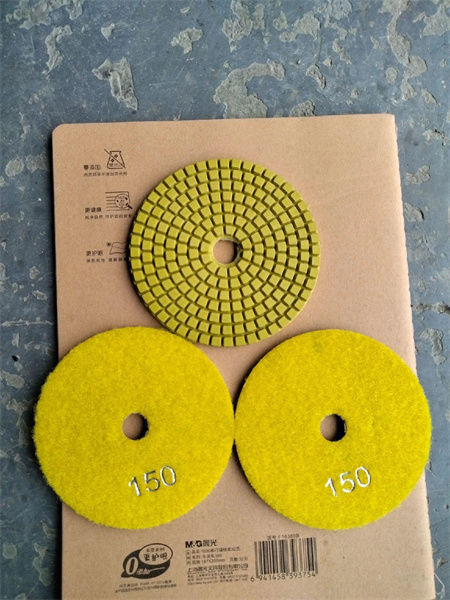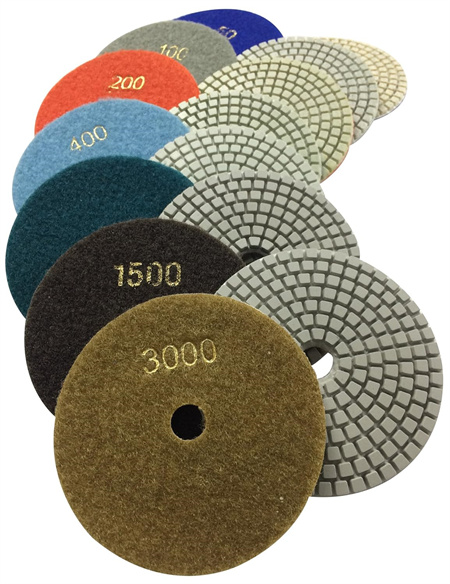How Geography Affects Diamond Pad Shipping Costs
When it comes to shipping diamond pads, an essential tool in the polishing and finishing of precious gemstones, geography plays a surprisingly significant role. While these specialized products are crucial for the diamond industry, their shipping costs can vary widely depending on several geographical factors. In the diamond business, where precision and care are paramount, understanding how location influences logistics is just as important as the quality of the tools themselves.
The first major factor to consider is the proximity to diamond manufacturing and processing centers. Areas with a high concentration of diamond-related activity—such as Antwerp, Mumbai, and Tel Aviv—are at the heart of the diamond industry. Shipping costs within these regions tend to be lower due to the higher frequency of shipments, well-established logistics infrastructure, and proximity to suppliers and manufacturers. Shipping diamond pads within or between these areas is usually straightforward, as the transportation network is tailored to meet the demands of the industry, keeping costs manageable. However, as shipping moves further from these hubs, the costs start to increase.


Another critical geographical factor in diamond pad shipping is international customs and trade regulations. Every country has its own rules when it comes to importing goods, and this can impact both the speed and cost of shipping. Some regions impose high tariffs or complex customs procedures for goods coming in, particularly for specialized tools like diamond pads. A shipment to a country with stringent import laws might be delayed at customs or incur additional charges that can push up costs. This is especially true for countries with a developing diamond industry or regions that don’t see as much international trade, as they may lack the necessary infrastructure to handle such shipments efficiently.

One often overlooked geographical factor is weather. Extreme weather conditions such as snowstorms, hurricanes, or floods can delay shipments and increase costs. Shipping diamond pads to areas that are prone to severe weather conditions requires additional contingency planning, which can lead to higher fees. For example, shipping to hurricane-prone regions in the Caribbean during the storm season can delay shipments, making it necessary for businesses to account for possible rerouting and additional packaging to protect the delicate products.
The last aspect to consider is the regional market demand and competition. In areas where demand for diamond pads is high, businesses may benefit from more competitive pricing and efficient shipping methods. Conversely, in regions where demand is lower or the market is monopolized by a few suppliers, shipping fees can be significantly higher due to lack of competition. In some cases, suppliers may pass these additional costs onto customers, leading to inflated shipping prices in certain markets.
The role of geography in determining diamond pad shipping costs cannot be understated. From proximity to major hubs and available infrastructure to the complexities of international trade regulations and environmental factors, geography plays a pivotal role in the logistics of getting these specialized tools into the hands of professionals. Whether it’s shipping within a densely populated city or to a remote location in a less accessible part of the world, businesses involved in the diamond industry must always factor in these geographical considerations to ensure they can maintain cost-effective and efficient operations. As the diamond industry continues to evolve, understanding these geographical influences on shipping costs will be essential for businesses striving to stay competitive while delivering high-quality products.
